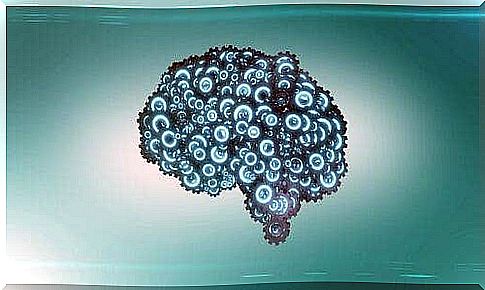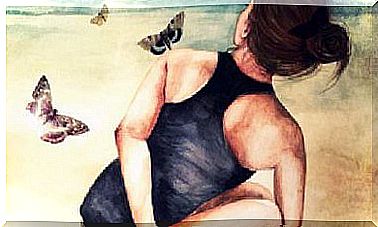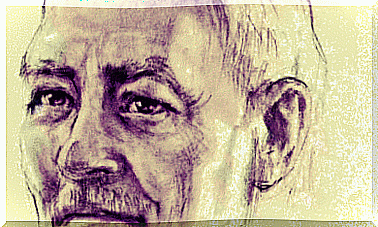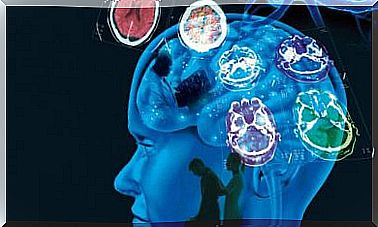What Is Porges’ Polyvagal Theory?

You are probably not aware of many of the unconscious processes that go on in your body and mind. The polyvagal theory attempts to explain one of those intuitive processes.
You’ve probably experienced times when you feel like you’re in danger, but there’s no apparent reason for it. Although you feel threatened, no one else around you seems to be bothered by anything.
Every day you process all kinds of social signals. When you interact with other people, you subconsciously pick up facial expressions, body language, and vocal sounds. As your body and brain interpret these signs, the signs and your environment also shape your sense of self.
The information your body processes through these signals tells you who to trust and who not. You interpret who or what could be a threat and then react.

Neuroconception and the polyvagal theory
dr. Stephen Porges developed the polyvagal theory, which describes the process by which neural circuits are able to read signs of danger in your environment as “neuroception.” Through neuroception, you involuntarily examine people and your environment to determine whether they are safe or whether they pose a threat.
This is a completely unconscious process that takes place in the autonomic nervous system. Just as you breathe without any conscious effort, you automatically perceive the signs around you.
Scanning your environment
This unconscious scan for potential danger already takes place from birth. It is very important for your survival. Your body is designed to observe, process and respond to what is happening around you.
Babies react to feelings of danger, safety, or closeness to their parents. This happens from the moment you are born, and you subconsciously spend the rest of your life scanning and evaluating these signs of danger or safety.
Three levels of response development
Within the polyvagal theory, Porges describes three evolutionary stages. The theory states that the interaction between the sympathetic and parasympathetic nervous systems is not just a matter of balance. Porges believes that a hierarchy of responses is part of the autonomic nervous system.
He states that the reactions take place in three steps, namely:
- Immobilization. This is the most basic step. This response to signs of danger has to do with the vagus nerve. The dorsal part of the nerve responds to signs of extreme danger and completely immobilizes you. It’s like your parasympathetic nervous system is being activated at full speed and the body’s response is freezing you in place.
- Mobilization. This response comes from the sympathetic nervous system, which helps to mobilize you during dangerous situations. It’s a way to fight back against a threat.
- Social involvement. This is the last step and the last reaction that man develops in this hierarchy. It responds to the ventral side of the lower nerve that is part of the nerve that responds to feelings of security and belonging. Social engagement is a process that allows you to feel anchored in feelings of security and tranquility.

The impact of trauma
For people who have experienced trauma, especially when immobilization was a major part of the event, your ability to scan your environment for signs of danger may be severely distorted.
According to the polyvagal theory, one of the functions of the system is that you do not end up in a vulnerable position again. The body therefore reacts to prevent this. As a result, you may be much more sensitive to the signs around you and perceive a threat where there is none.
For example, many innocent or benign signals can be interpreted as threatening by someone who has experienced a trauma. A change in facial expression, tone of voice, or body language can trigger an unconscious defensive response.
The vagus nerve and the polyvagal theory
Your vagus nerve plays a role in many parts of your body. It has an important influence on the cranial nerves that regulate social engagement through facial expression and vocalization.
People long for security and trust in their interactions with other people. We quickly learn to interpret the signals that tell us we are not safe. This makes it easier for you to form healthy and valuable connections with other people.









